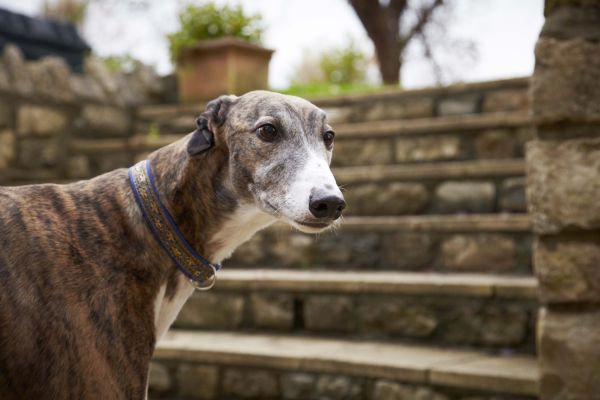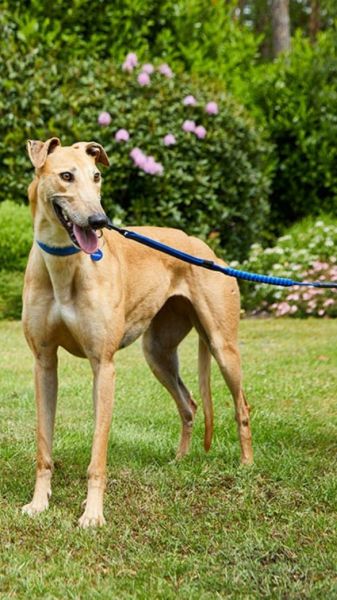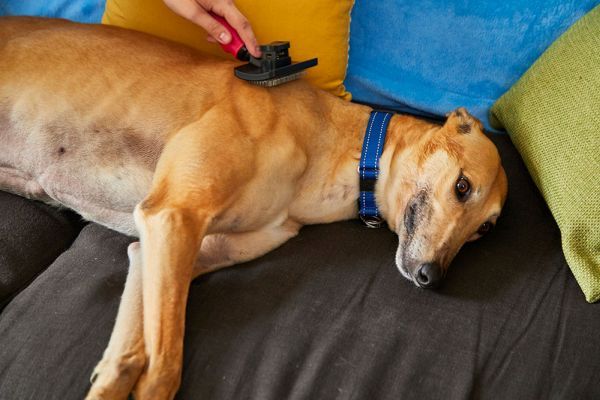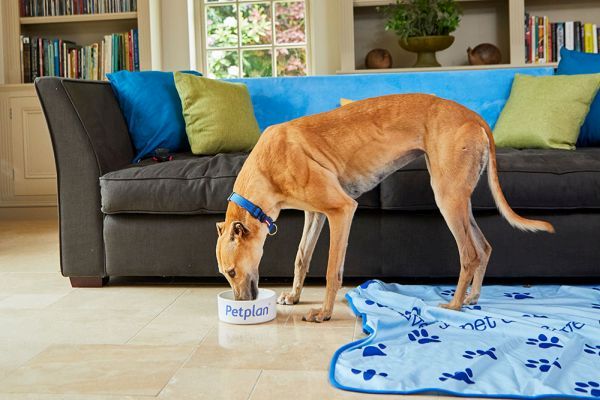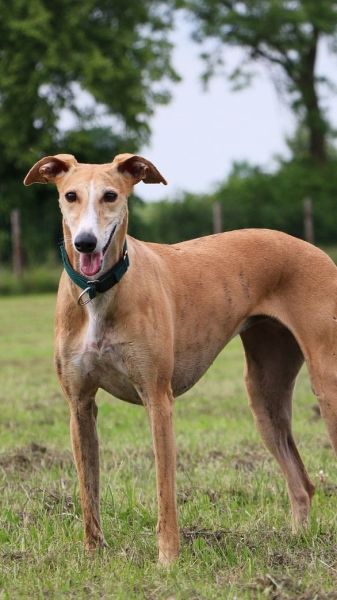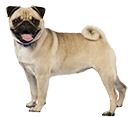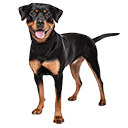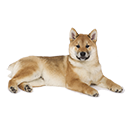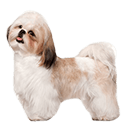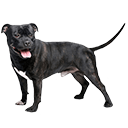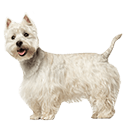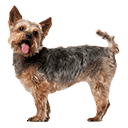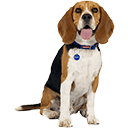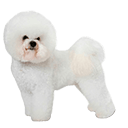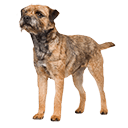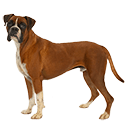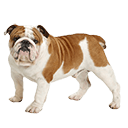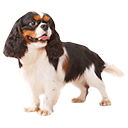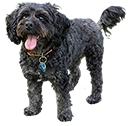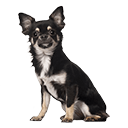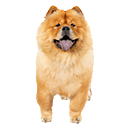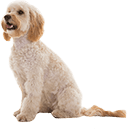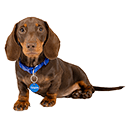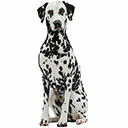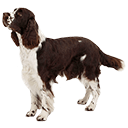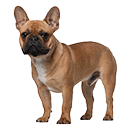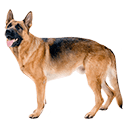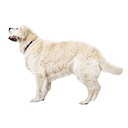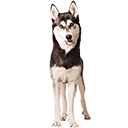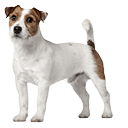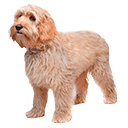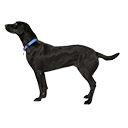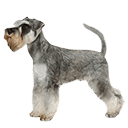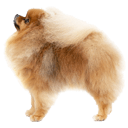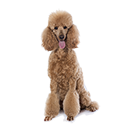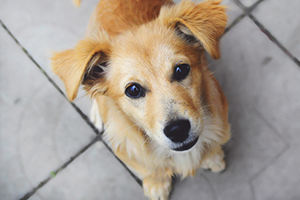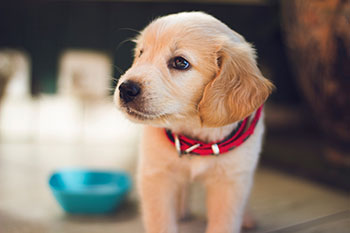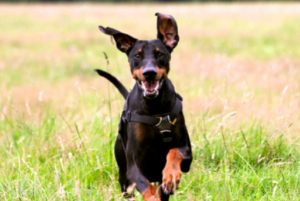If you are considering getting a puppy from a breeder,…
Read more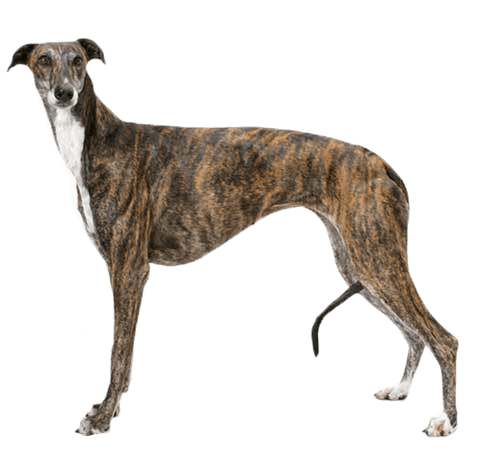
A noble companion who is faithful, friendly and fast on its feet!
Part of the hunting hound category, it’s no surprise that Greyhounds love nothing more than the thrill of the chase! However, despite their need for speed, which is surpassed only by the cheetah, Greyhounds will happily snooze at home for hours.
Vital Stats
| Size: | Large |
|---|---|
| Coat: | Short, glossy and easy to maintain. It needs grooming once a week and polishing with a hound glove for extra shine. |
| Exercise: | 1 hour daily for adult dogs. Greyhounds exert their energy in short spurts, so two 30 minute walks a day are recommended. |
| Life span: | 8 - 10 years |
| Breed group: | Hound |
| Temperament: | Intelligent, even-tempered, gentle |
coat Exercise 1 hr Life span 8+years
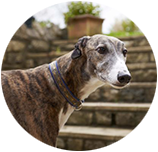
Greyhound Temperament & Personality
Friendly and non-aggressive, Greyhounds have a wonderful temperament but their sensitive side makes them best suited to quieter, calmer homes. More independent than other breeds, Greyhounds are happy to be left alone sometimes.
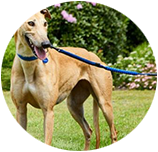
Greyhound Training & Exercise
Due to their high intelligence and easy-going nature, Greyhounds tend to be easy to train but since they tend to be sensitive, positive reinforcement works best.

common illnesses in a Greyhound
Common Greyhound Health Conditions
Like all breeds, Greyhounds are prone to certain conditions, and choosing a reputable breeder or rehoming organisation should be the first step to having a happy and healthy dog. To help you be more aware and prepared for the most common health issues, if they should arise, we have put together some information on the health issues that we see the most in Greyhounds.
Common Greyhound Health Conditions
Periodontal disease +
Gum disease occurs when some (or all) of a tooth’s deep supporting structures become inflamed. This begins when food, bacteria and minerals accumulate along the gum line, leading to the build-up of a brown scale known as tartar. When this undermines the gum the condition is called gingivitis. Eventually, small spaces can form between the gums and the teeth creating pockets of space for bacteria to grow, resulting in what is known as periodontal disease. The bacteria from infected gums can spread around the body and damage the liver and kidneys. This condition can be prevented by brushing the teeth and ensuring dental descales, helping the dog to lead a normal, pain-free life.
Back, spine & neck issues +
Greyhounds are more prone to issues and pain with their spine and neck than other dogs. We see a mixture of issues ranging from back pain to slipped discs also known as intervertebral disc disease (IVDD). This occurs when the discs between the vertebrae (backbones) become damaged and brittle with age or general wear and tear. This makes the discs prone to rupturing, moving (‘slipping’) and pressing against the spinal cord itself. Treatment depends on the cause and location of the problem but may include medication, rest and possibly even surgery to help the dog live a comfortable life.
Arthritis +
Greyhounds can suffer from arthritis, which means ‘inflammation of the joints’. There are many different types of arthritis, such as osteoarthritis and immune mediated arthritis. The most common form in dogs is osteoarthritis, which is also known as ‘degenerative joint disease’. This type always involves an underlying issue (wear and tear, for example) or a specific condition (such as cruciate rupture or hip dysplasia, which are common in many larger breeds and can occur in young dogs). Arthritis is an irreversible condition but can be successfully managed to help the dog enjoy a good quality of life.
Corns +
Corns are hard bumps that form inside the foot pads. In dogs, they almost always occur in the breeds known as the ‘sight hounds’, a group which includes Greyhounds. At first, a tiny dot appears that eventually gets bigger until a corn breaks through the pad. Corns can grow quite large if left unchecked and feel the same as having a pebble in your shoe. Treatment varies depending on the site and painfulness of the corn, but the dog can usually continue to live an active life.
Bone cancer +
All dogs can suffer from osteosarcoma, a bone tumour. It’s mostly found in middle-aged or elderly dogs, but can affect a dog of any age, with larger breeds like Greyhounds tending to develop tumours when they are younger. While any bone can be affected, most cases occur in the leg bones. Unfortunately, while surgery and chemotherapy may extend the life of a dog with osteosarcoma, they won’t actually cure the condition.
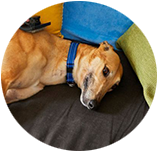
Greyhound Grooming
A Greyhound’s coat is short, sleek and easy to care for but they can be prone to shedding.
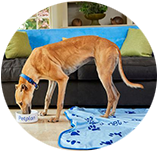
Greyhound Nutrition
When it comes to food, Greyhounds love a treat but can be picky eaters when it comes to mealtimes.

What to know before you buy or rehome a Greyhound
Considering welcoming a Greyhound into your home? Before you buy or adopt one, here are a few important things to remember.
Discover some of the most popular dog breeds
Find out more about some of the UK's most popular dog breeds and discover which breed could be your ideal canine companion with our breed selector quiz.
Greyhound insurance considerations
Most Greyhounds live long and happy lives, but they can suffer from specific health problems. That’s why it’s important that when choosing dog insurance, you consider the length of time policies cover different conditions. Petplan’s Covered For Life® plans refresh the veterinary fees each year allowing you to claim for ongoing conditions for the rest of your pet’s life providing there is no break in cover.
Get a Greyhound quote